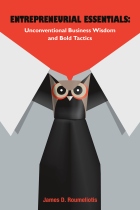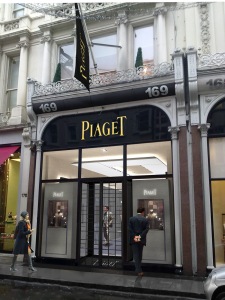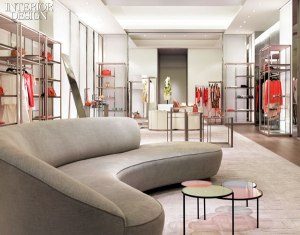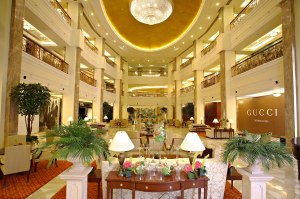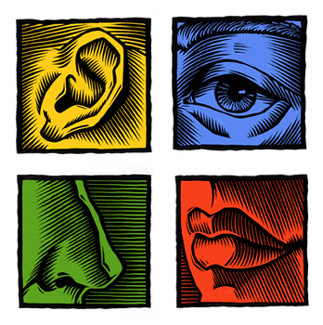
The dictionary conveys to us that “ambiance” is “the character and feeling of a place.“ A place which wants to attract the most discerning souls, should be unique and embody a complete lifestyle concept which combines a relaxed, spiritual ambiance amongst an elegant setting and decor with attention to detail. Staging an impressive, well executed upscale event, such as a product launch or promotion takes creativity, organizational skills, as well as savoir faire.
Pleasing hors d’oeuvres and drinks prepared and presented with pizzazz are complemented by soothing music which is also an integral part of the ambiance and ranges from classic music to smooth jazz or chill-out rhythms. The attractive, smiling and well mannered staff is dressed stylishly.
All of these elements combined will, undoubtedly, seduce the senses and generate good vibes along with positive memories created. This principle applies equally well to business establishments and brands and includes boutique hotels, restaurants & bars, fashion boutiques and other upscale business establishments. In marketing, a multi-sensory approach is proven to increase sales.
To be effective, the use of an integrated approach is essential across various touch points with the purpose of engaging customers.
Today, consumer purchase decisions are increasingly driven by consumers’ hearts. With ambiance marketing, a custom designed attractive setting – yet alluring with captivating style, invites customers to truly feel the brand experience by adding character. This is accomplished by connecting the emotions to a product or service, and infusing it with a tangible and intangible essence that remain in the customers’ minds.
The ambiance you create is one of your best marketing tools. The aesthetic appeal to human senses, the feel of your business and the brand you create is your image. Along with great service, it is one of the most important reasons customers will choose you over the competition.
What should you consider when developing ambiance?
In keeping with the spirit of our five senses, you can exploit them entirely to create a favorable experience in synergy, for guests and clients alike. Below are some of the most important factors:
SIGHT – choice of lighting, décor, colors and an ergonomic layout. You can get a real sense of movement using these elements. Lighting is also very helpful when it comes to the overall event and low intensity lighting such as dimmed soft halogen or LED lights along with the presence of lit candles create a stress free atmosphere. In addition to your building materials and lighting, the art you choose to put on your walls will make a huge impact on overall ambiance. Local art, modern art, renaissance art or a hodgepodge of all of them will help convey the ambiance you are trying to define.
LISTEN – music, effects, volume and vibrations. The tone and the energy of the room can be set with the right music selections. Think about using a “signature” sound effect to draw attention to different happenings throughout establishment or event. Upbeat music that would be appropriate in the evening may not appeal to your morning customers who have just gotten out of bed. If you have an Italian-themed bar, you may want to interject some Italian music from artists like Zuccero or Eros Ramazotti. If your theme/branding and ambiance is geared to a very hip, young audience, it will likely suit your customers to include songs with a driving beat from cutting-edge alternative and electronic artists.
TOUCH – textures and comfort. This is all about how your guests and/or clients interact with the environment. Plenty of emphasis should be placed on this when designing the layout. It should be ergonomic. The more comfortable the space, the longer guests/clients will linger in any given area. The materials you use to build out your operation will be a major component of the ambiance of your business and the choices are many. Countertops can be granite, frosted glass, laminate or of exotic wood. Floors can range from acid-etched concrete to terrazzo to granite. The use of wood can evoke a feeling of warmth. Exposed pipes and air ducts can give your business an industrial feel. Draperies can dampen sound and add texture.
TASTE – finding the perfect balance between sour, salty, sweet, and bitter during menu designs and beverage selections with the intention of pleasing most taste buds. Presentation is equally important which has an impact on the overall image of the setting.
SMELL – it is all about fragrance which aids in creating emotion. This sense is usually neglected yet of all our senses, the sense of smell is closely linked to emotion and memory. You can use something as simple as burning incense or candles to something far more complex like computer controlled scent machines to enhance your environment. This could just be the icing on the cake, sort of speak, in complementing the overall mood. If it is a French bakery café style of operation, the smell of roasted coffee and baked items sold will induce clients to make and increase their purchases.
A case in point in terms of a successful establishment, which implemented the above principles spot on, is a popular upscale “member’s only” bar in Dallas, Texas called “Candleroom”. It did not become renowned simply by accident. This has been accomplished by developing and executing the perfect atmosphere for young professionals seeking to socialize in a dramatic and spacious setting – a progressive urban lounge modern in design and decorated with bold, sensuous colors. The ultra swanky décor with its velvet, leather and fine furniture are lit by candles and dimmed chandeliers. DJs spin house, rock, hip-hop and dance for those that are interested in a little more of a dance club setting, while the attractive staff working behind the bars mix exotic drinks for the patrons. As a result, it is considered by many discerning clubbers to be one of the most handsome drinking destinations in Dallas.
Focus groups: Uncovering your customers’ specific desires for your success
As companies grow larger, they commonly hire a market research firm to determine what their customers like, dislike and what additional products or services they desire. This is often uncovered through the use of focus groups.
There is no reason you cannot poll customers in your area in the same way large multinational companies do with great success. Focus groups can be helpful if you are already open or just beginning to plan your business. Rather than simply assuming, it is in your best interest to know if you are giving your customers the products, services and ambiance they desire. Feedback is important, hence you need to find out what your customer’s needs are and fulfill as many of them as possible. After you analyze the information you have received from your focus group, try to incorporate the best and most workable ideas into a motif that will define your business and create the ideal ambiance to attract and keep your customers.
On a side note: Branded CD compilation
Designing and implementing custom music and visual strategies that emotionally anchor a brand to its clients, should be considered. The goal of branded CDs is to turn your listeners into disciples of your brand. Every aspect of your custom CD says something about your brand, therefore, custom CD’s place equal importance on print, media, and visual elements in addition to the music. Specialty music compilation companies such as Sonodea and Custom CD Corporation oversee all logistics related to custom branded CD music compilation and development. They work closely with clients on everything from the music themes to the packaging to the visual content. This ensures that the music, look and feel of the CD resonate with their customers’ clientele and target demographic.
In some fashion, all business is show business and storytelling. Brand image is all about the experience, perception and differentiation you create in the customers’ mind. Ambiance marketing takes all this into meaningful consideration by applying its multi-sensory approach to attracting and retaining clientele to your brand and business establishment.
_______________________________
Request your TWO FREE chapters of this popular book with no obligation.













